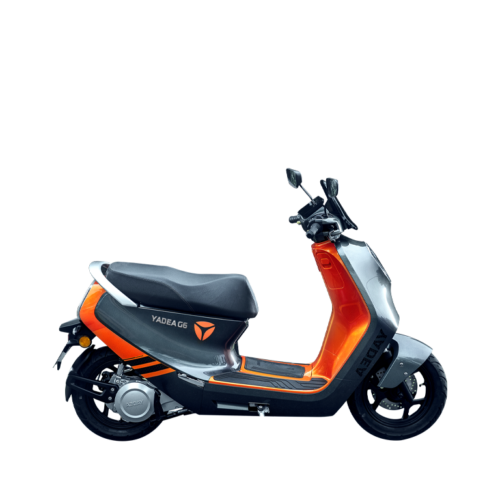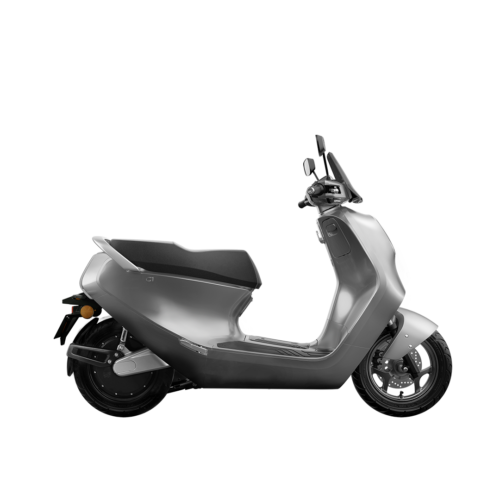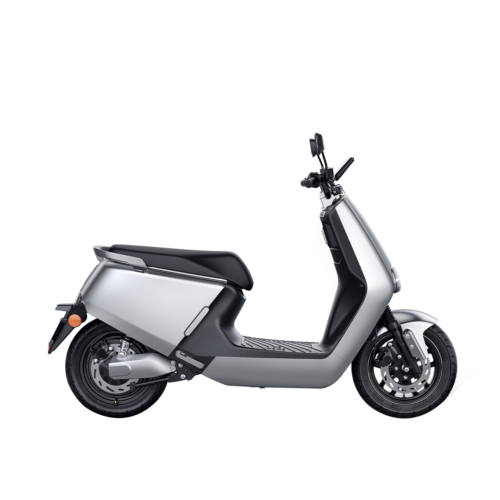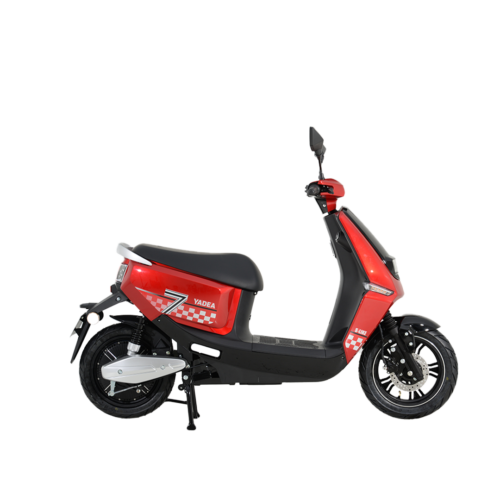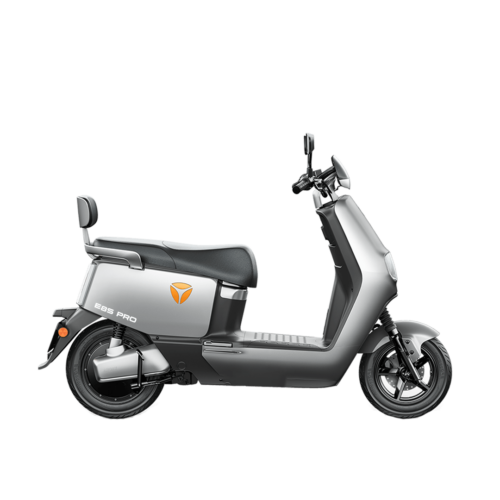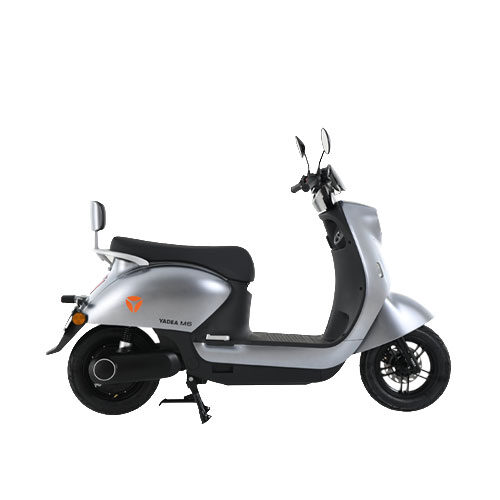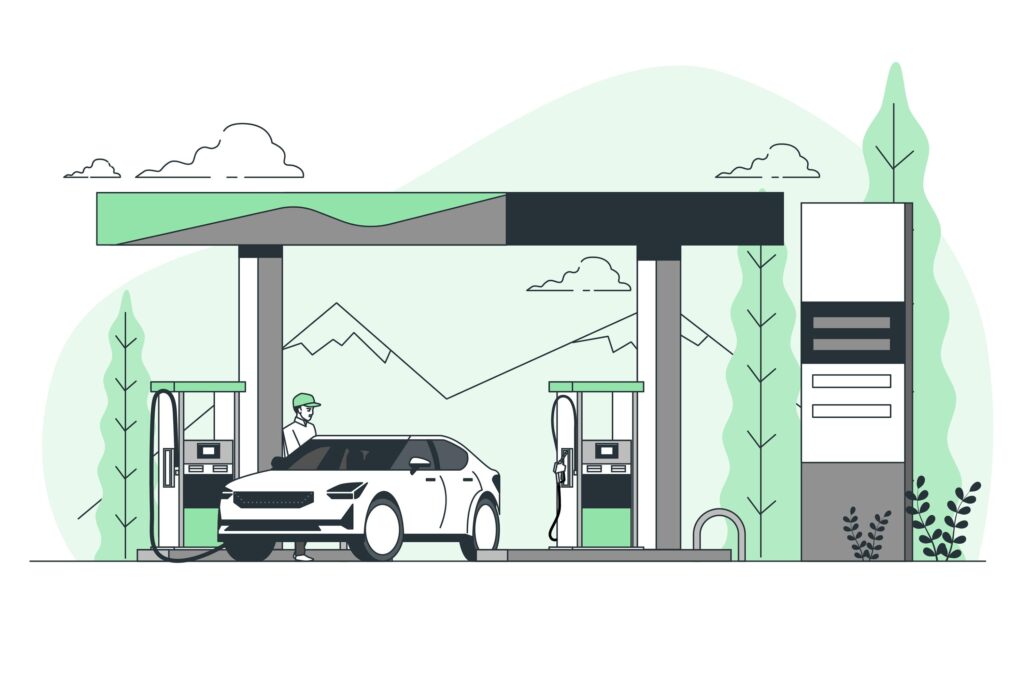In recent times, Nepal has seen a rising trend in embracing electric vehicles (EVs), which includes electric cars, bikes, scooters, and three-wheelers. Notably, the adoption of electric two-wheelers like scooters and bikes has been significant.
A big reason for this shift to EVs is having enough charging station in Nepal and on highways where people can recharge their vehicles.
In this article, we’ll take a look at the current situation of EV charging stations all over Nepal and how these stations might grow in the future.
Current Availability of EV Charging station in Nepal
As of 2022, Nepal has an estimated 25 public EV charging stations installed across the country, according to data from Nepal Electricity Authority (NEA).
Most of the current charging points gather in the Kathmandu valley, and you can find a few stations in places like Pokhara, Chitwan, Birgunj, and some other big cities.
The charging facilities currently available include:
Slow AC Chargers:
These stations require 8-12 hours to offer a complete charge and work best for charging electric two-wheelers like e-bikes, e-scooters, electric three-wheelers, and similar vehicles overnight. There are around 20 such slow AC charging points located mostly in urban areas.
Fast DC Chargers
There are only about 5-6 DC fast charging stations existing in Nepal so far. These high powered chargers can provide an 80% charge within 30-60 minutes, which makes them critical for inter-city travel in electric cars. However, the current availability of DC charging options is quite limited.
Dealership Charging Stations
Some EV manufacturers like MG Motor and Hyundai have installed charging stations at their dealership locations in cities like Kathmandu. But public access to these points is restricted.
Private Charging Points
A handful of hotels, shopping malls and office buildings have set up charging facilities for their guests, customers or employees. But such private charging access for the public is still scarce.
So while there are few charging facilities across some cities, the overall charging infrastructure is currently inadequate in terms of convenience, accessibility and charging speeds to effectively support the rising number of EV owners in Nepal. But the scenario is expected to evolve rapidly in the coming few years.
Government Initiatives in the Growth of Charging Station in Nepal
The Government of Nepal has recognized the need for faster development of EV charging infrastructure in the country.
Some of the key initiatives from the government to promote charging network growth include:
– Tax benefits for EV buyers and private charging station investors to incentivize quicker adoption.
– Providing subsidized electricity tariff rates for public EV charging stations to make operations commercially viable.
– Planning for installation of charging plazas at 25 km intervals on all major national highways along with a simplified approval process for opening private charging outlets.
– Introduction of building codes making provision of EV charging capacity mandatory in the parking areas of new housing projects, shopping malls, hotels and other big commercial buildings.
– Formulation of draft national strategies and policies to accelerate growth of charging networks across Nepal.
– Running awareness campaigns to educate the public about benefits of e-mobility and available charging station access points.
Future Outlook for Charging Network Expansion
While current facilities are limited, the future looks promising for growth of charging station in Nepal:
To start with, Nepal Electricity Authority aims to establish over 300 charging stations across Nepal in the next 3 years. Furthermore, major EV companies like MG Motor and Hyundai plan to install more charging hubs across dealerships.
Moreover, private companies are setting up charging plazas along highways and tourist destinations. Hotels and malls will also require parking area charging capacity going forward.
Additionally, innovative battery swapping and charging-as-a-service models will boost charging access for consumers.
Furthermore, the use of renewable energy sources like solar to power charging points will propel sustainable e-mobility growth.
Conclusion
In summary, Nepal’s electric vehicle (EV) charging network is getting ready for big growth in the next few years.
This is because good rules, private investments, and lots of interest from the public are coming together to make the charging network for electric cars much bigger.
Even though there aren’t many charging station in Nepal right now, things are going to change. They’re working on making better charging technology, cool ideas like swapping out batteries, and using cleaner energy sources.
All of this is making Nepal get ready for a time when electric cars will be very common.
Even though there are still some things to work out, the good progress shows that soon you’ll find lots of places to charge your EV in Nepali cities and on highways.

